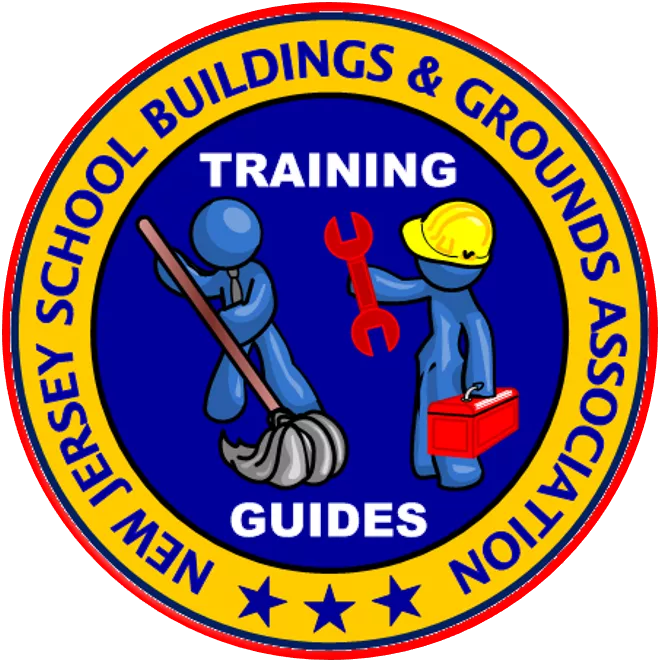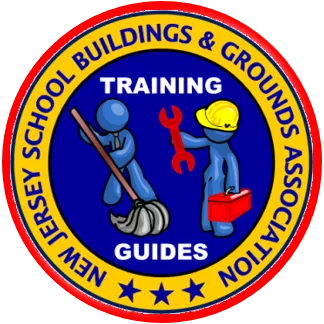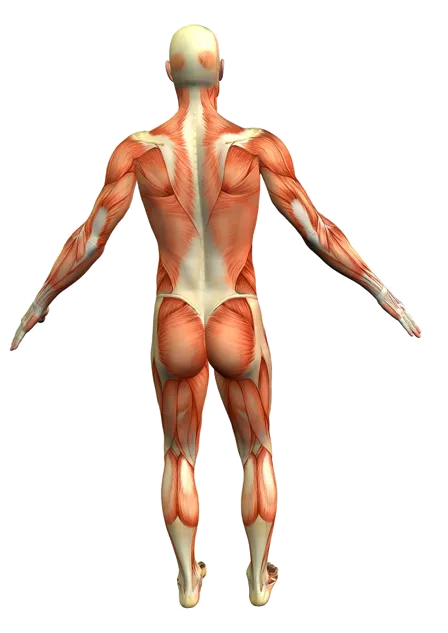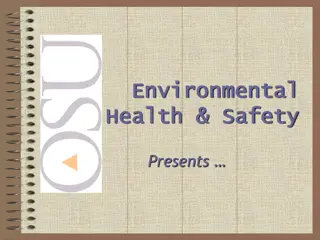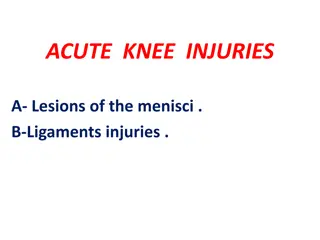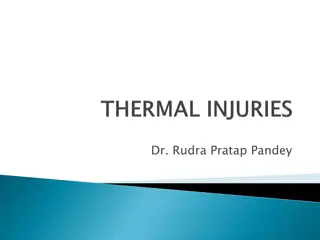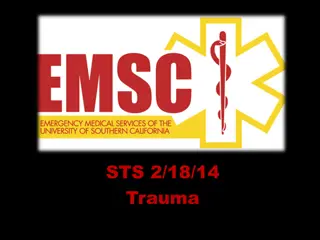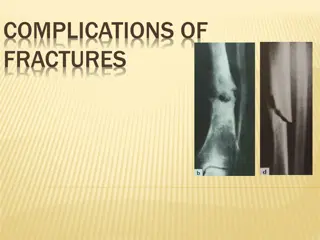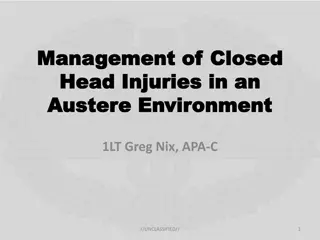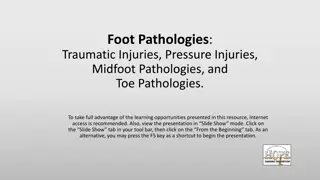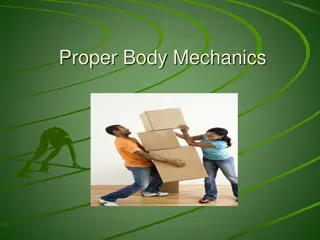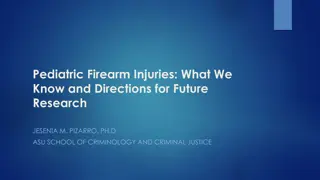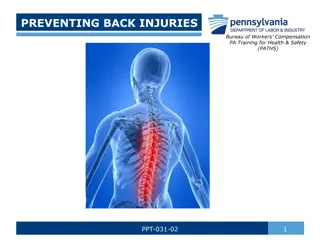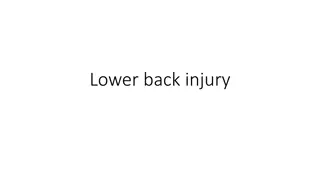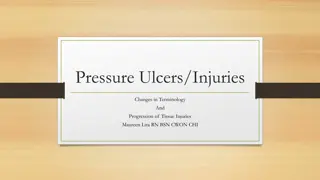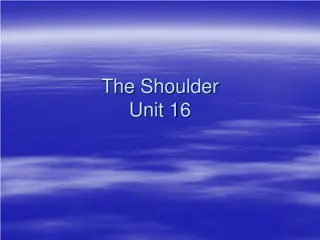Back Injuries and Prevention Methods
More than 1 million workers suffer from back injuries each year, accounting for a significant portion of workplace injuries. These injuries are not only painful but can also have long-term effects. It is crucial to learn how to avoid injuring or re-injuring your back to prevent pain and avoid potential back problems in the future. Understanding the spine's structure, causes of back injuries, and the forces involved in lifting can help in preventing such injuries.
Download Presentation

Please find below an Image/Link to download the presentation.
The content on the website is provided AS IS for your information and personal use only. It may not be sold, licensed, or shared on other websites without obtaining consent from the author.If you encounter any issues during the download, it is possible that the publisher has removed the file from their server.
You are allowed to download the files provided on this website for personal or commercial use, subject to the condition that they are used lawfully. All files are the property of their respective owners.
The content on the website is provided AS IS for your information and personal use only. It may not be sold, licensed, or shared on other websites without obtaining consent from the author.
E N D
Presentation Transcript
Click to edit Master text styles Second level Third level Fourth level Fifth level Fifth level Click to edit Master text styles Second level Third level Fourth level
BACK INJURIES Click to edit Master text styles Second level Third level Fourth level Fifth level Fifth level Click to edit Master text styles Second level Third level Fourth level More than 1 million workers suffer back injuries each year, accounting for 1/5 of all workplace injuries or illnesses. Add to that the employees pain and suffering. They are exceedingly painful, difficult to heal, and have an effect on everything you do.
BACK INJURIES.. Click to edit Master text styles Second level Third level Fourth level Fifth level Fifth level Click to edit Master text styles Second level Third level Fourth level It is important to learn how to avoid injuring or re-injuring your back. You might be able to save yourself a lot of pain and a lifetime of back problems.
Why do they occur? Click to edit Master text styles Second level Third level Fourth level Fifth level Fifth level Click to edit Master text styles Second level Third level Fourth level The spine s vertebrae are held together by ligaments. Muscles are attached to the vertebrae by bands of tissue called tendons. Between each vertebra is a cushion known as a disc. Openings in each vertebra line up to form a long, hollow canal. The spinal cord runs through this canal from the base of the brain. Nerves from the spinal cord branch out and leave the spine through the spaces between the vertebra.
Why do they occur? Click to edit Master text styles Second level Third level Fourth level Fifth level Fifth level you put stress on your spine. Over time, the discs between your vertebrae can start to wear out and become damaged. Click to edit Master text styles Second level Third level Fourth level heavy object, or sit leaning forward, The lower part of the back holds most of the body s weight. Every time you bend over, lift a Every time you bend or lean over to pick something up, you put tremendous pressure on your lower back.
The Forces Involved Click to edit Master text styles Second level Third level Fourth level Fifth level Fifth level pound object. Click to edit Master text styles Second level Third level Fourth level center, it only takes ten pounds of pressure to lift a ten The amount of force you place on your back in lifting may surprise you! Think of your back as a lever, with the fulcrum in the 10 lbs
The Forces Involved Click to edit Master text styles Second level Third level Fourth level Fifth level Fifth level Lifting a ten pound object puts 100 pounds of pressure on your lower back. Click to edit Master text styles Second level Third level Fourth level If you shift the fulcrum to one side, it takes much more force to lift the same object. Your waist acts like the fulcrum in a lever system, on a 10:1 ratio. 10 lbs
The Forces Involved Click to edit Master text styles Second level Third level Fourth level Fifth level Fifth level human upper torso, you see that lifting a ten pound object actually puts 1,150 pounds of pressure on the lower back. Click to edit Master text styles Second level Third level Fourth level pounds of the average When you add in the 105 10 lbs
The Forces Involved Click to edit Master text styles Second level Third level Fourth level Fifth level Fifth level overweight, it would add an additional 250 pounds of pressure on your back every time you bend over. Click to edit Master text styles Second level Third level Fourth level If you were 25 pounds 10 lbs
Back Safety & Lifting Click to edit Master text styles Second level Third level Fourth level Click to edit Master text styles Second level Third level Fourth level Fifth level Fifth level
Back Injury Prevention Back Injury Prevention Click to edit Master text styles Second level Third level Fourth level Fifth level Fifth level * * Click to edit Master text styles Second level Third level Fourth level Avoid lifting and bending whenever you can. Put heavier objects on shelves at waist level, lighter objects on lower or higher shelves. Place objects up off the floor. The best zone for lifting is between your shoulders and your waist. That way you won t have to reach down to pick them up again. Raise / lower shelves. SAFE LIFTING ZONE
Back Safety & Lifting Click to edit Master text styles Second level Third level Fourth level Fifth level Fifth level Click to edit Master text styles Second level Third level Fourth level Repetition Awkward Position Force Object weight Load Distribution Object friction Duration
Back Safety & Lifting Click to edit Master text styles Second level Third level Fourth level Click to edit Master text styles Second level Third level Fourth level Fifth level Fifth level
Back Injury Prevention Click to edit Master text styles Second level Third level Fourth level Fifth level Fifth level Never twist when carrying, handling, Never twist when carrying, handling, or transferring a heavy object or transferring a heavy object Click to edit Master text styles Second level Third level Fourth level Maintain good posture Maintain good posture Lift objects holding them close to your Lift objects holding them close to your body body Avoid locking out the knees Avoid locking out the knees Use proper lifting techniques Use proper lifting techniques
4 PRINCIPLES Click to edit Master text styles Second level Third level Fourth level Click to edit Master text styles Second level Third level Fourth level Fifth level Fifth level
Click to edit Master text styles Second level Third level Fourth level Fifth level Fifth level Contents: hot, cold, hazardous Assess the environment: Space constraints Flooring condition, levels Temperature, humidity, ventilation Tidiness, general housekeeping Click to edit Master text styles Second level Third level Fourth level Stability Assess the Load: Weight, shape, size Handles, packaging Assess the task: Posture Pacing, rate of work, breaks Requirements for team handling Assess Your Own Capabilities: Strength, height, etc. Health problems Gender, age, fitness000
Click to edit Master text styles Second level Third level Fourth level Fifth level Fifth level Is there anyone else to help? Route Consider start and end points Can any obstructions be cleared Click to edit Master text styles Second level Third level Fourth level Is there mechanical aid available? Task What is the most appropriate posture?
Click to edit Master text styles Second level Third level Fourth level Fifth level Fifth level Cover sharp / abrasive edges Prepare yourself and the area: Check space constraints Move obstacles Check final destination Check housekeeping Get a good grip on the load Use PPE where appropriate Click to edit Master text styles Second level Third level Fourth level Move the load s center of gravity close to yours Prepare the load: Can the load be split? Can the load be made more stable? Make sure contents are evenly distributed?
Click to edit Master text styles Second level Third level Fourth level Fifth level Fifth level possible. Get a good grip. Position feet in direction of travel. Use smooth controlled movements. Use friction to minimize force. Try to avoid twisting and stooping. Use team lifting where appropriate. Click to edit Master text styles Second level Third level Fourth level Maintain the lumbar curve (low back) as much as Apply principles of biomechanics to reduce the load on the spine; Keep a wide base of support.
Proper Lifting Techniques Click to edit Master text styles Second level Third level Fourth level Fifth level Fifth level down Click to edit Master text styles Second level Third level Fourth level Squat Grip the load Hug the load PROPER LIFTING TECHNIQUES Get close to the load Slowly lift
Get close to the load Click to edit Master text styles Second level Third level Fourth level Fifth level Fifth level Click to edit Master text styles Second level Third level Fourth level Get as close to the load as possible with your feet wide apart about shoulder width, with one foot slightly in front of the other for balance. Test the object s weight before lifting Ask for assistance from a co-worker when appropriate. Have the object close to the body and put less force on the low back Avoid rapid, jerky movements.
Squat down Click to edit Master text styles Second level Third level Fourth level Fifth level Fifth level Click to edit Master text styles Second level Third level Fourth level Keep yourself in an upright position while squatting to pick up. Squat by bending the knees and hips. Keep the three Curves of the Back properly aligned: Ears, Shoulders, and Hips are in a straight line.
Grip the load Click to edit Master text styles Second level Third level Fourth level Fifth level Fifth level Click to edit Master text styles Second level Third level Fourth level Tightening the stomach helps support the spine. Do not hold your breath while tightening the muscles. Get a firm grasp of the object before beginning the lift. Use both hands. Use whole hand, not just fingers. Use gloves as needed to prevent pinched grips or to protect the hands during lift.
Hug the load Click to edit Master text styles Second level Third level Fourth level Fifth level Fifth level Slide the object from the knee on the ground to mid-thigh. Keep the head forward. Hug the object to your stomach & chest. Click to edit Master text styles Second level Third level Fourth level Hold objects close to body. Legs are the strongest muscles in the body so use them. Avoid back flexion.
Slowly lift Click to edit Master text styles Second level Third level Fourth level Fifth level Fifth level lift. Do not look down at the object during lift. Look up to help straighten the position of the back for a safer lift. Never Bend, Lift, and Twist at the same time. Click to edit Master text styles Second level Third level Fourth level Try to keep the back straight during the Lift with the legs to allow the body s powerful leg muscles to do the work. Flex the knees and hips, not the back. Avoid bending & twisting at the waist.
Stretching Exercises Click to edit Master text styles Second level Third level Fourth level Click to edit Master text styles Second level Third level Fourth level Fifth level Fifth level
Stretching Exercises Click to edit Master text styles Second level Third level Fourth level Click to edit Master text styles Second level Third level Fourth level Fifth level Fifth level
Click to edit Master text styles Second level Third level Fourth level Fifth level Fifth level Click to edit Master text styles Second level Third level Fourth level
Click to edit Master text styles Second level Third level Fourth level Fifth level Fifth level Click to edit Master text styles Second level Third level Fourth level
SUMMARY Click to edit Master text styles Second level Third level Fourth level Fifth level Fifth level Carrying & Lifting Awkward Positions Sitting or Standing Slips, trips, and falls Click to edit Master text styles Second level Third level Fourth level Reaching & Lifting Common Causes Of Back Injuries Heavy Lifting Twisting
SUMMARY Click to edit Master text styles Second level Third level Fourth level Fifth level Fifth level Close, Squat, Grip, Hug, Stand Slowly Click to edit Master text styles Second level Third level Fourth level Proper Lifting Techniques Principles of Safe Handling Assess, Plan, Prepare, Perform
QUESTIONS Click to edit Master text styles Second level Third level Fourth level Click to edit Master text styles Second level Third level Fourth level Fifth level Fifth level












